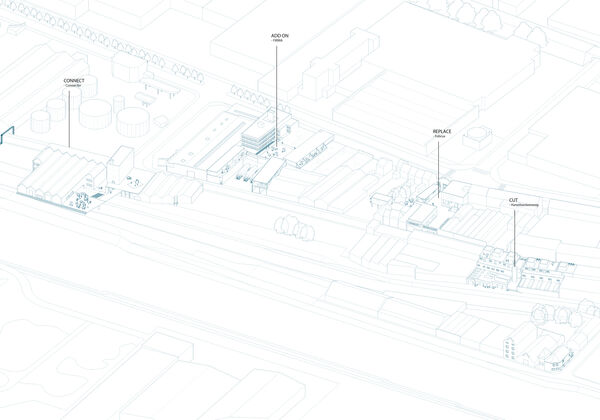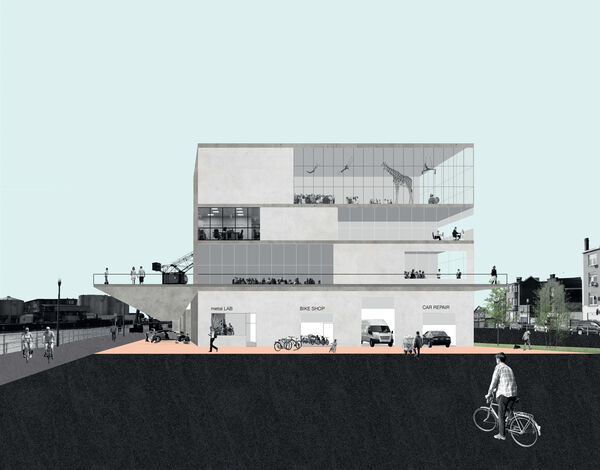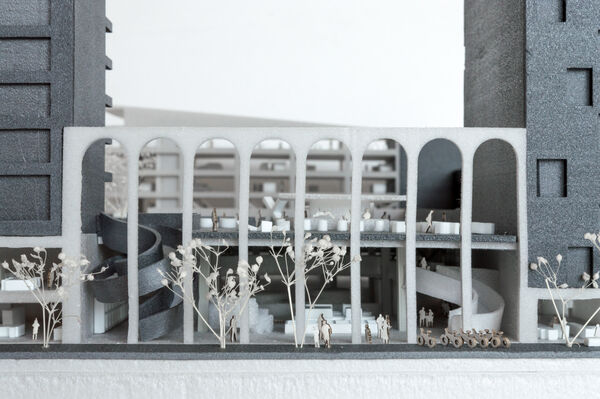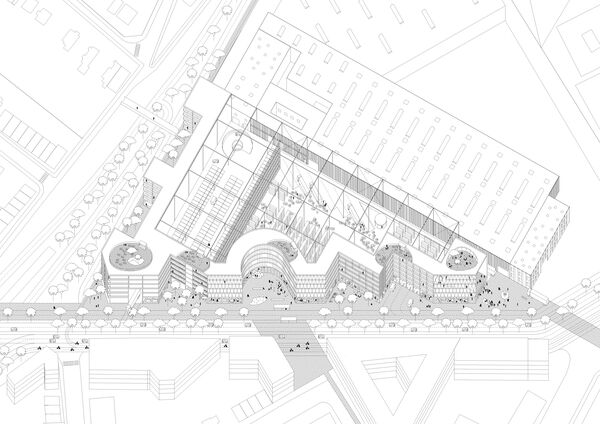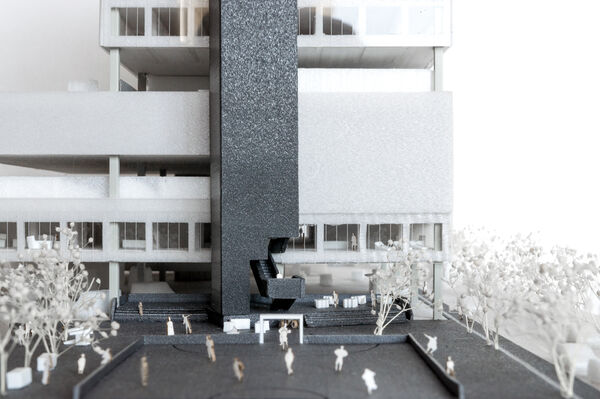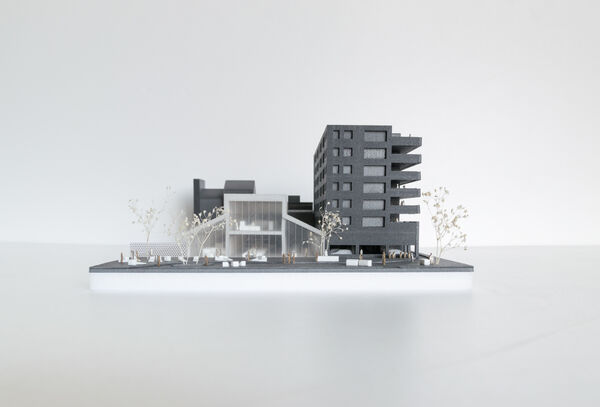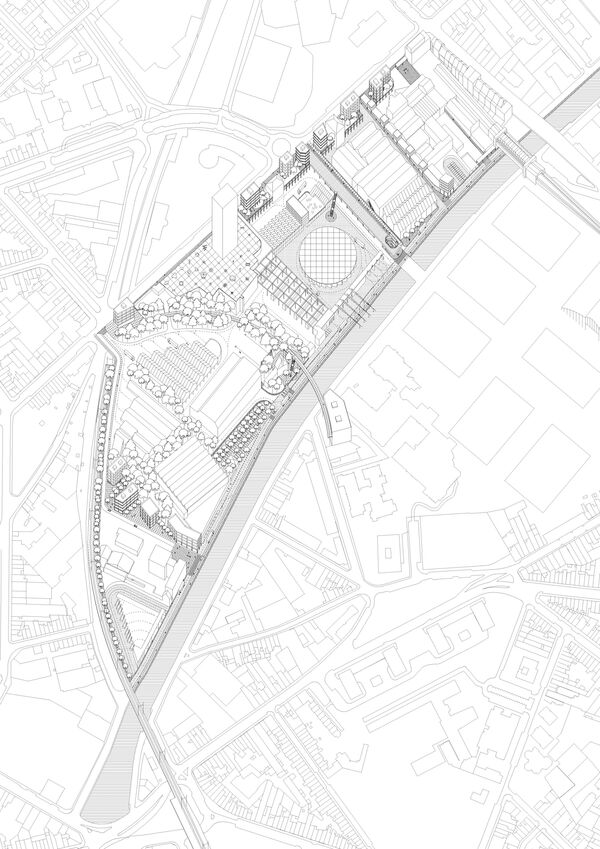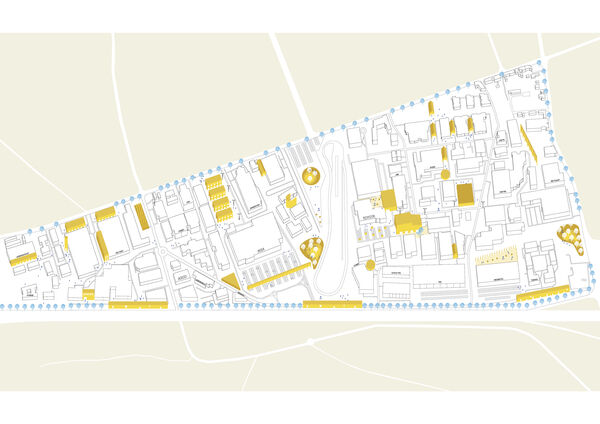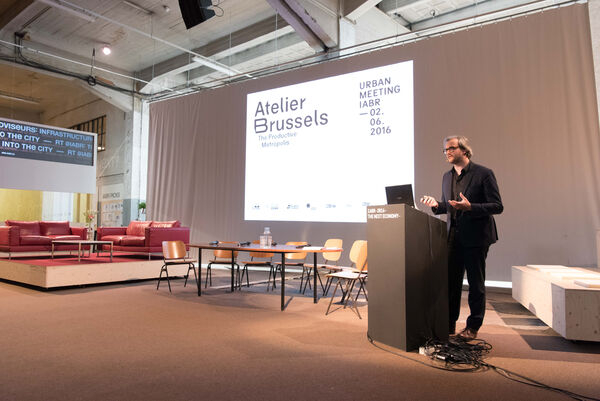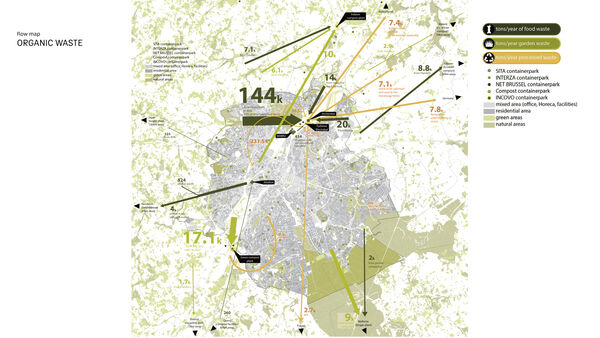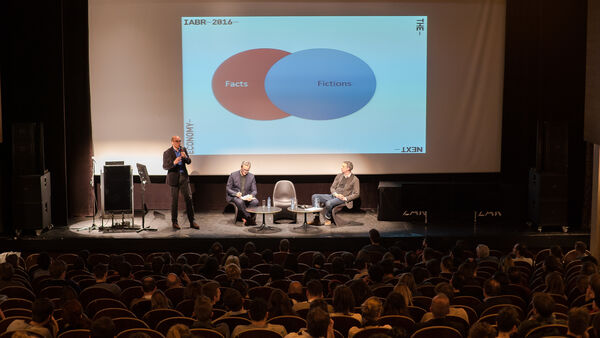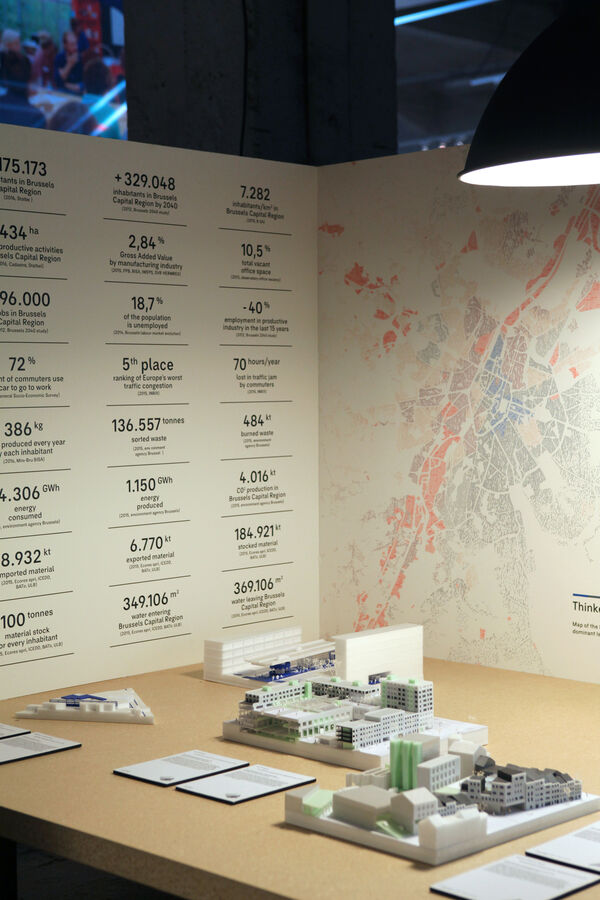A healthy city is a productive city. This means it combines living and working. Therefore, production activities must once more be afforded space in our cities and urbanised regions. But how can designers and administrators actively work on qualitative space for the future economy? Can architecture and urbanism contribute to a more sustainable, urban-anchored and socially inclusive economy? As part of the International Architecture Biennial Rotterdam (IABR) 2016, – The Next Economy the IABR, together with Architecture Workroom Brussels, set up a partnership with Flemish and Brussels actors. The aim of Atelier Brussels – The Productive Metropolis is to align the changing economy and the organisation of space for productive activities in the capital city's metropolitan area more effectively.
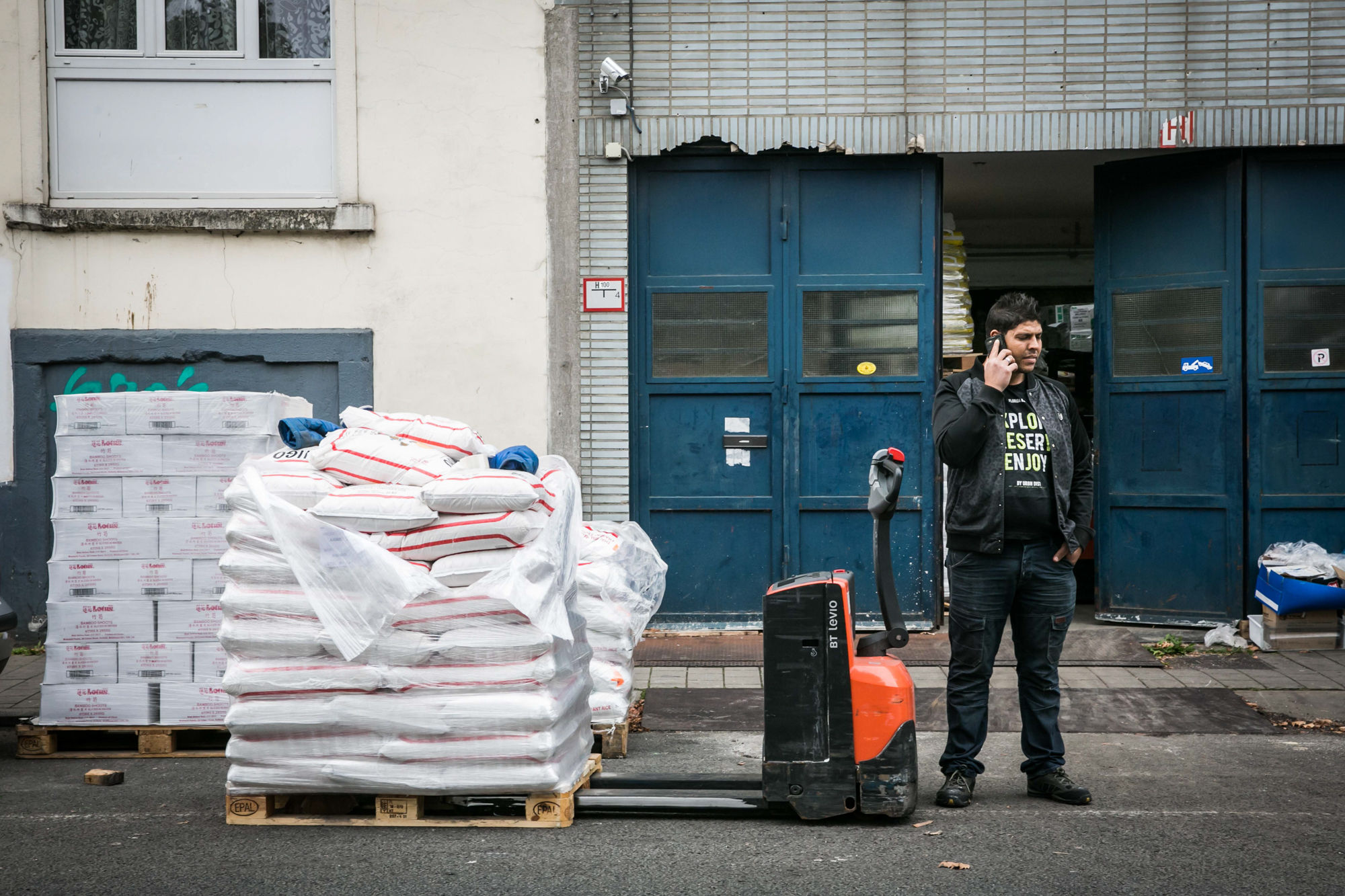
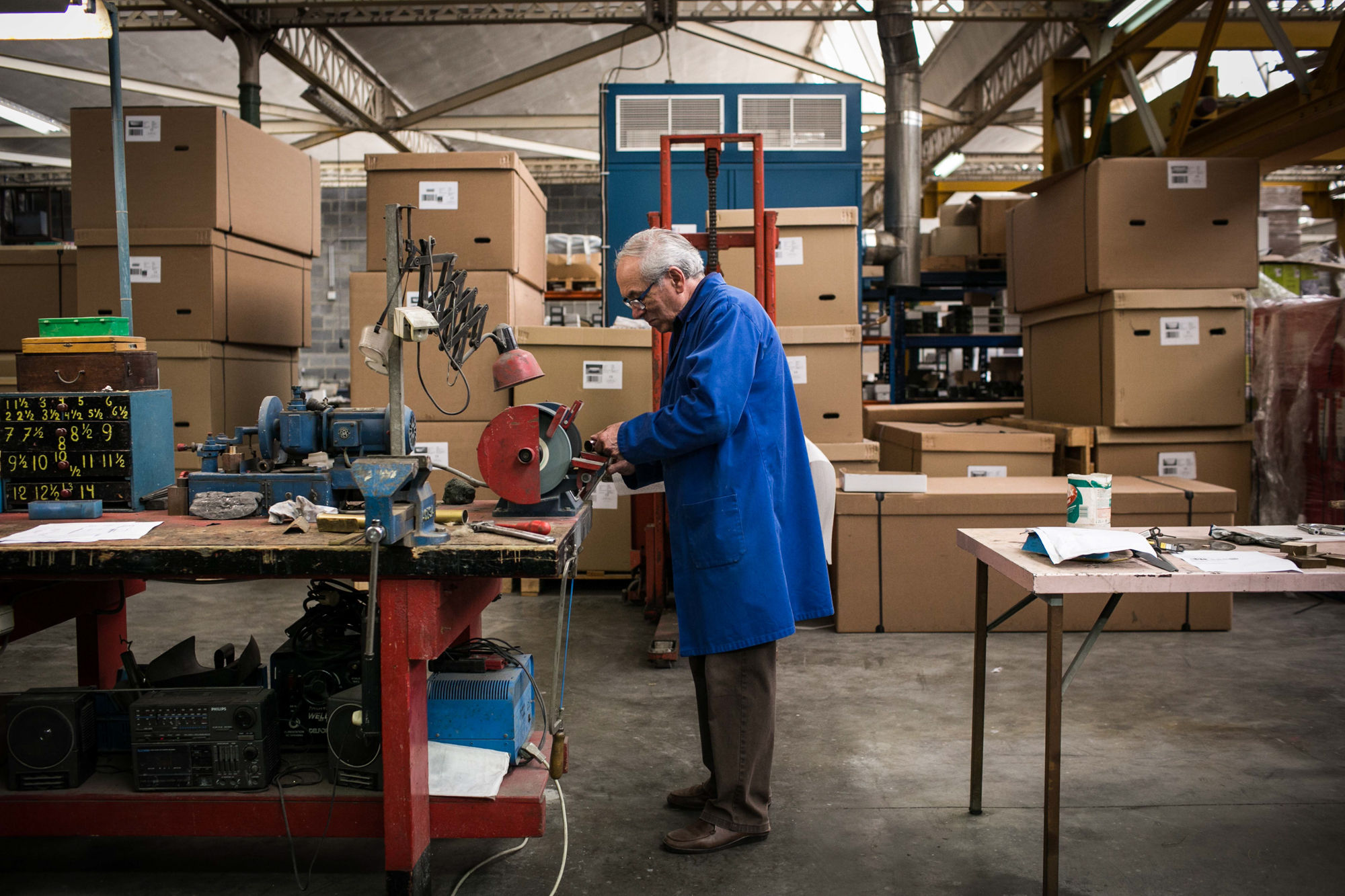
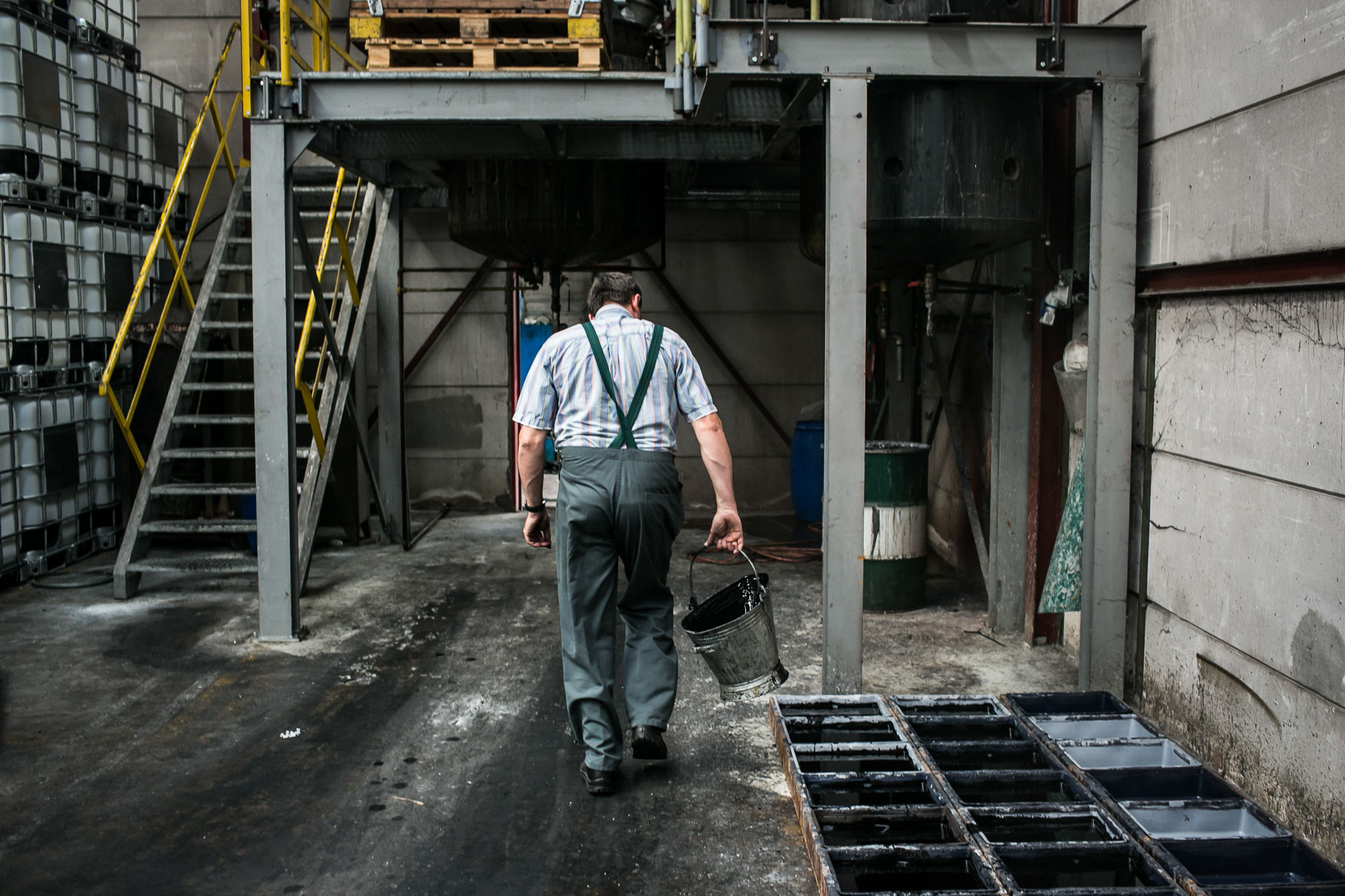
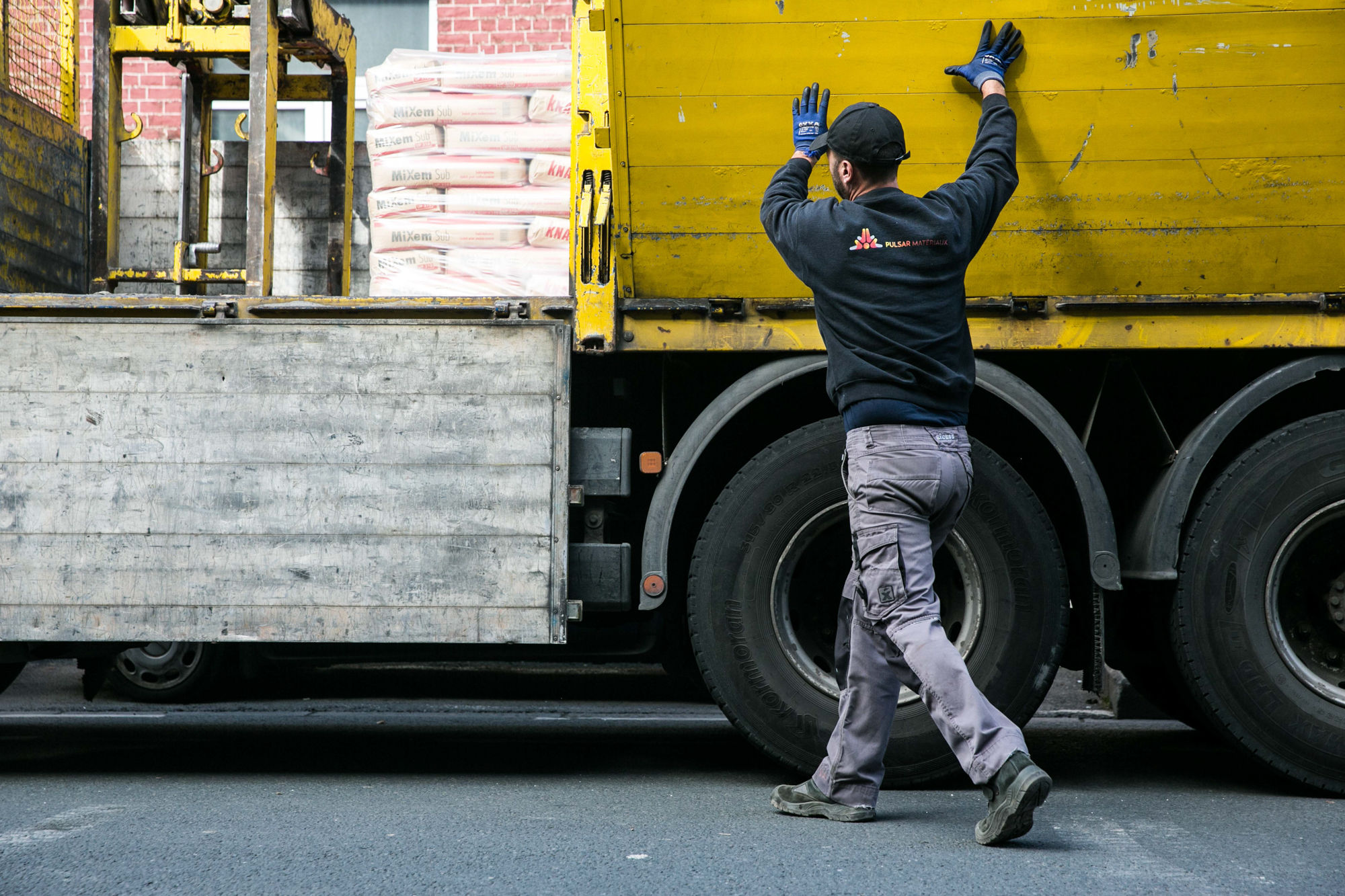
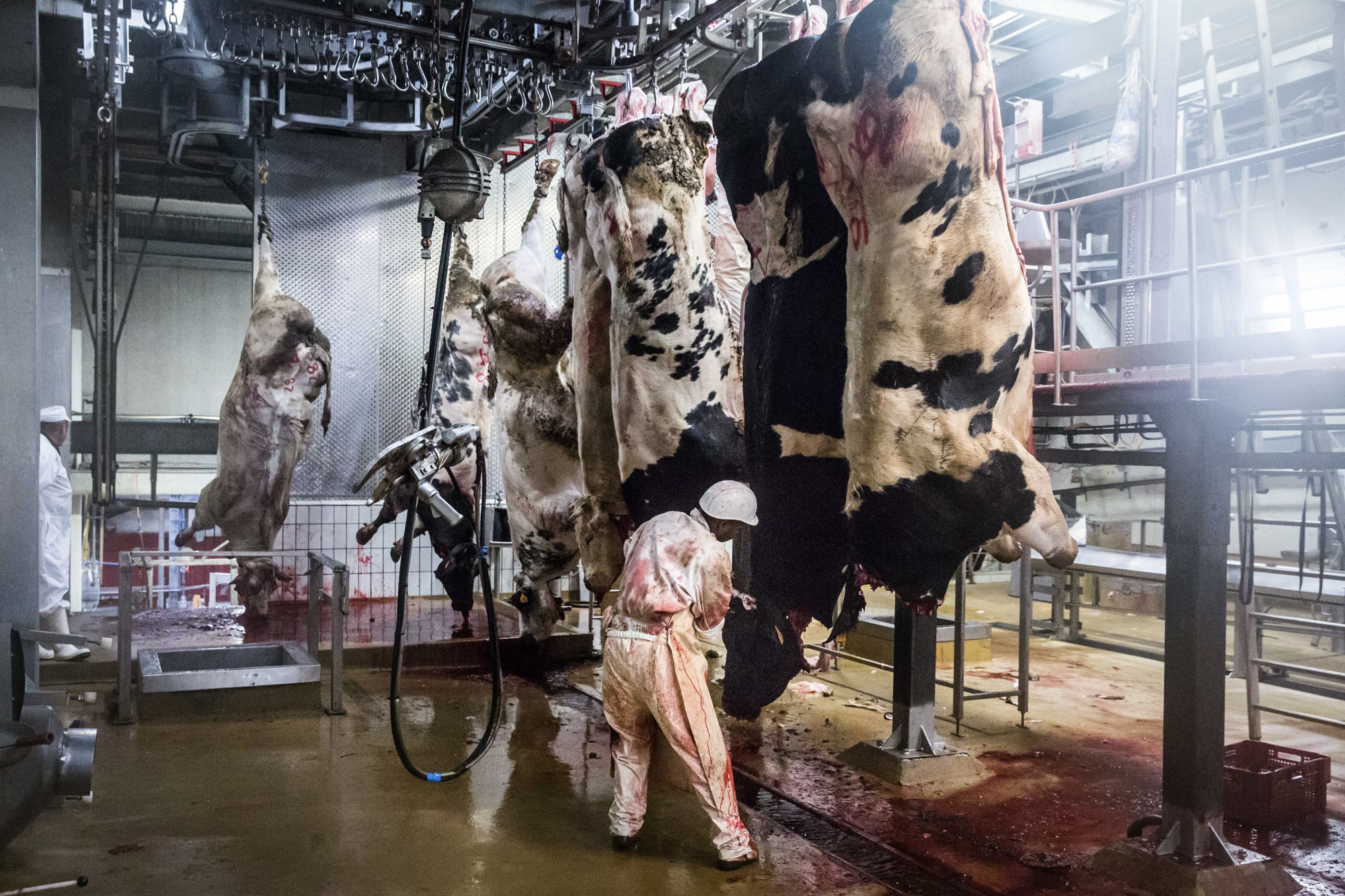
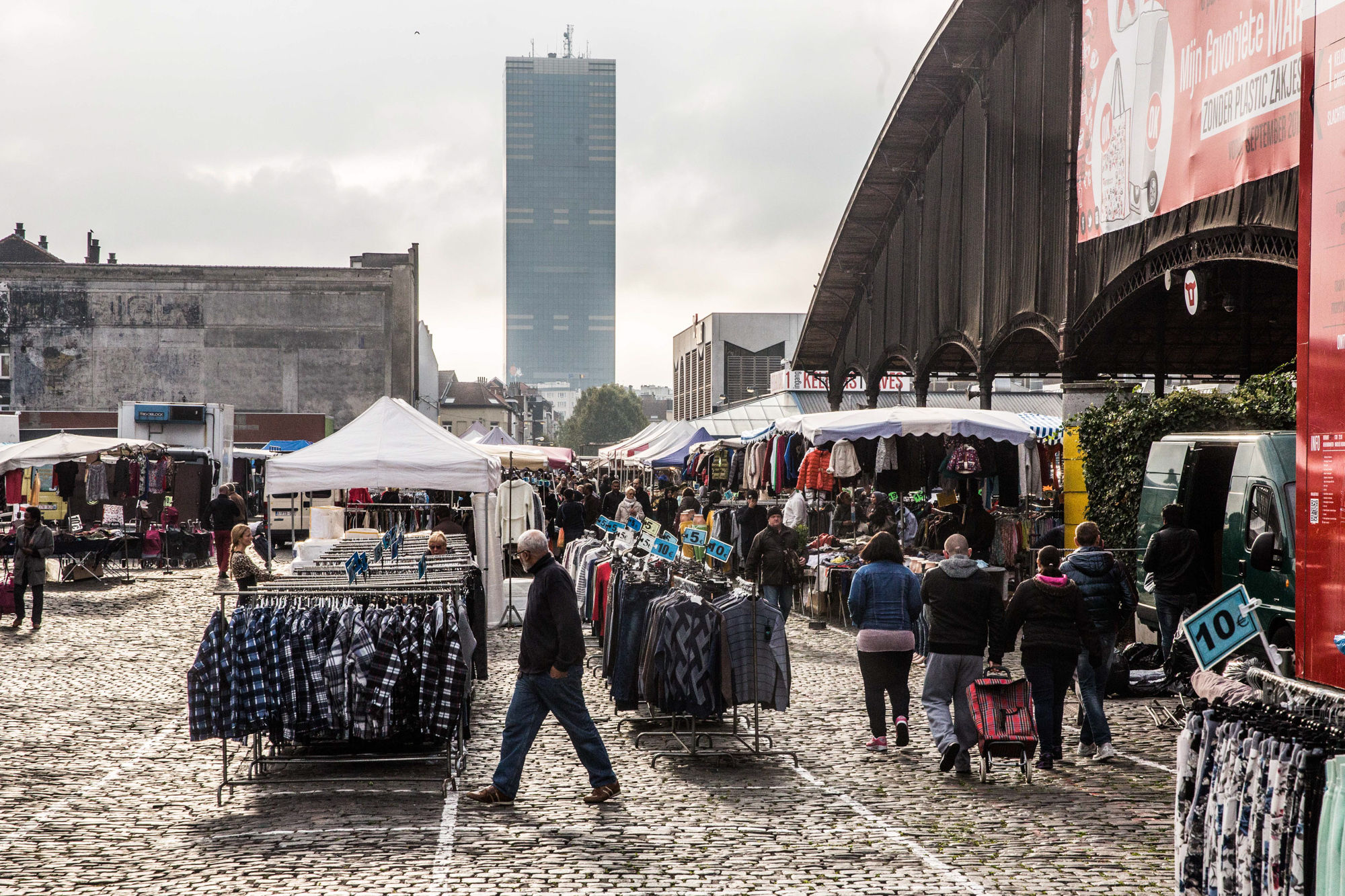
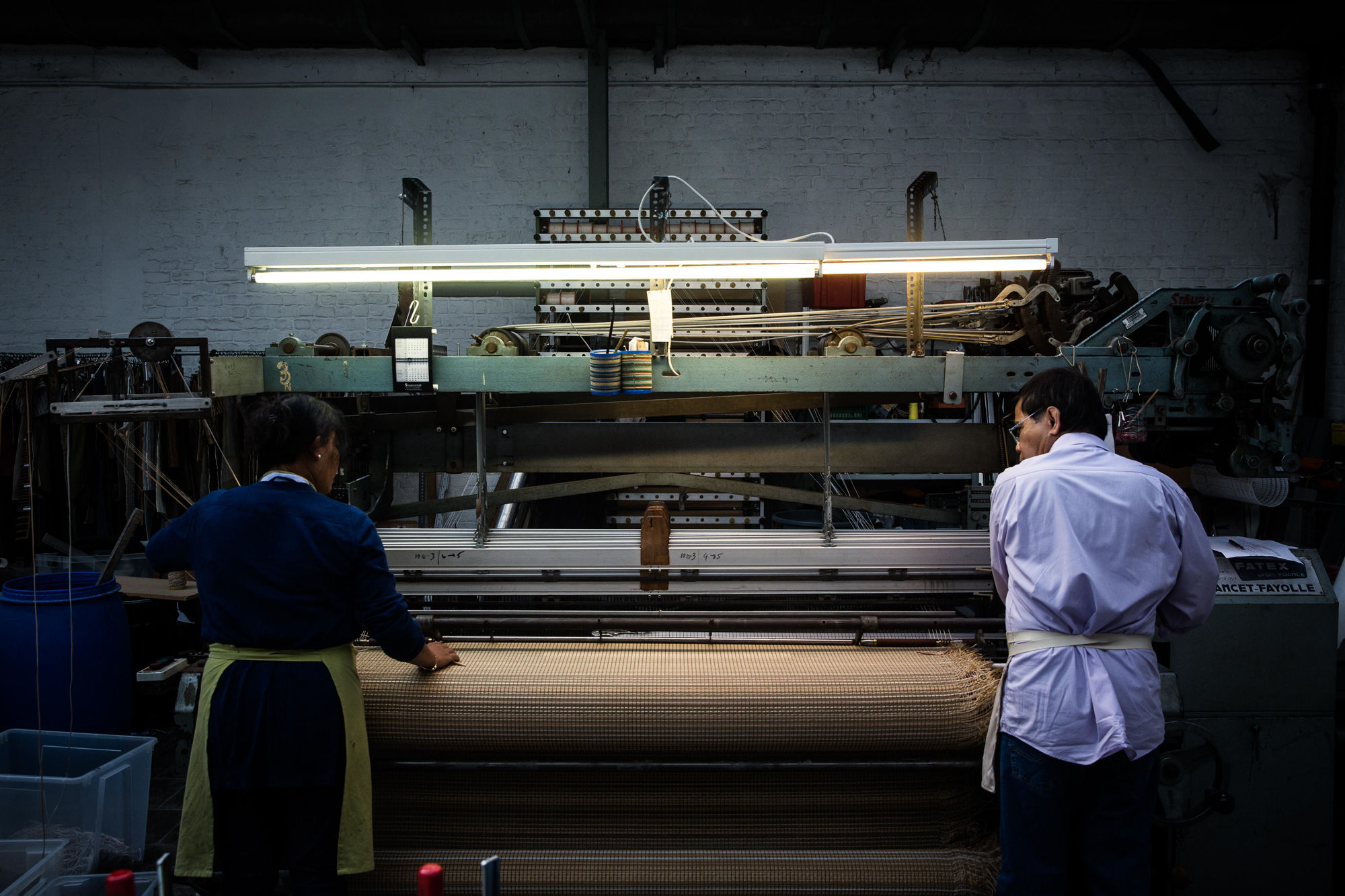
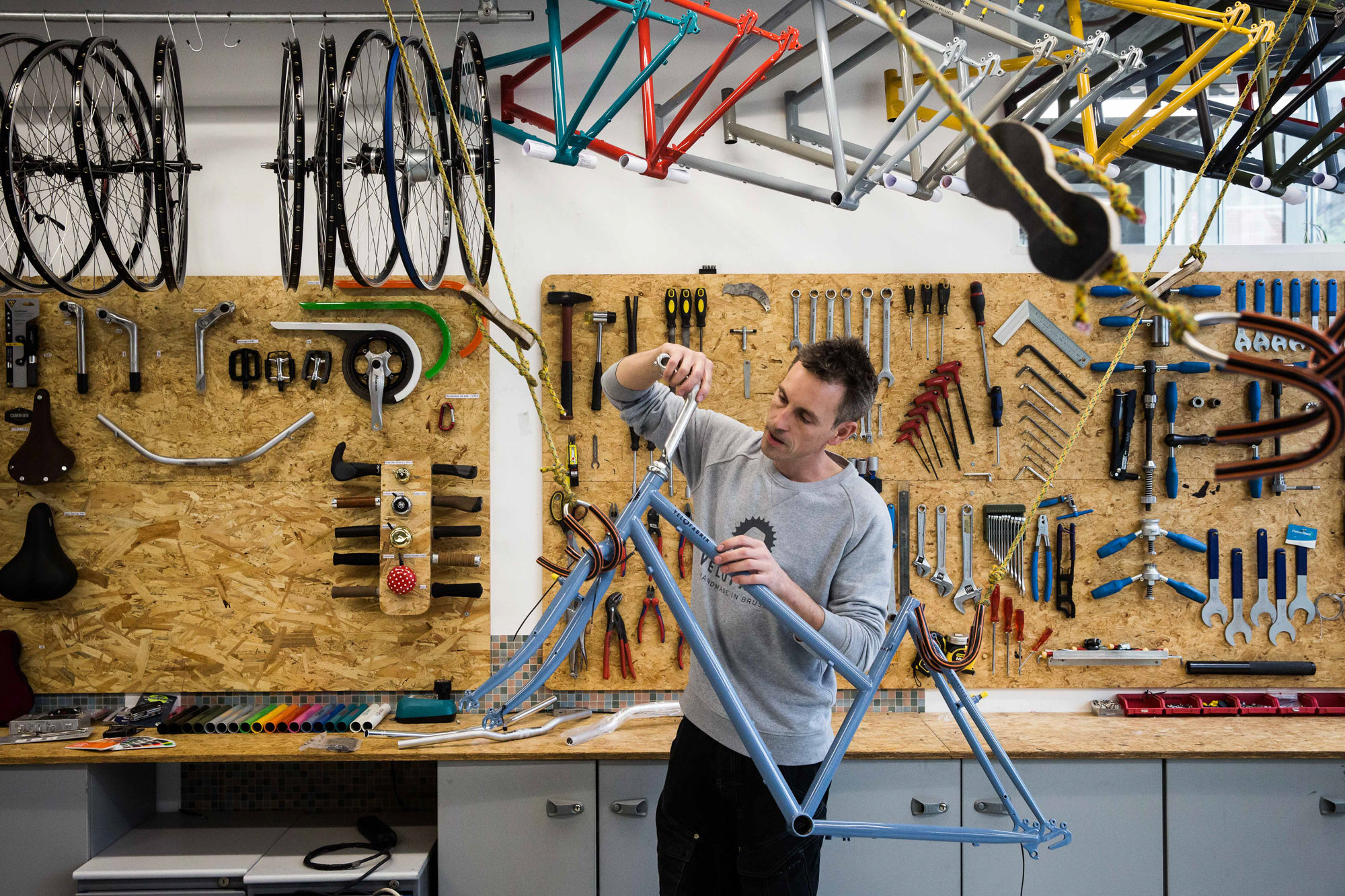
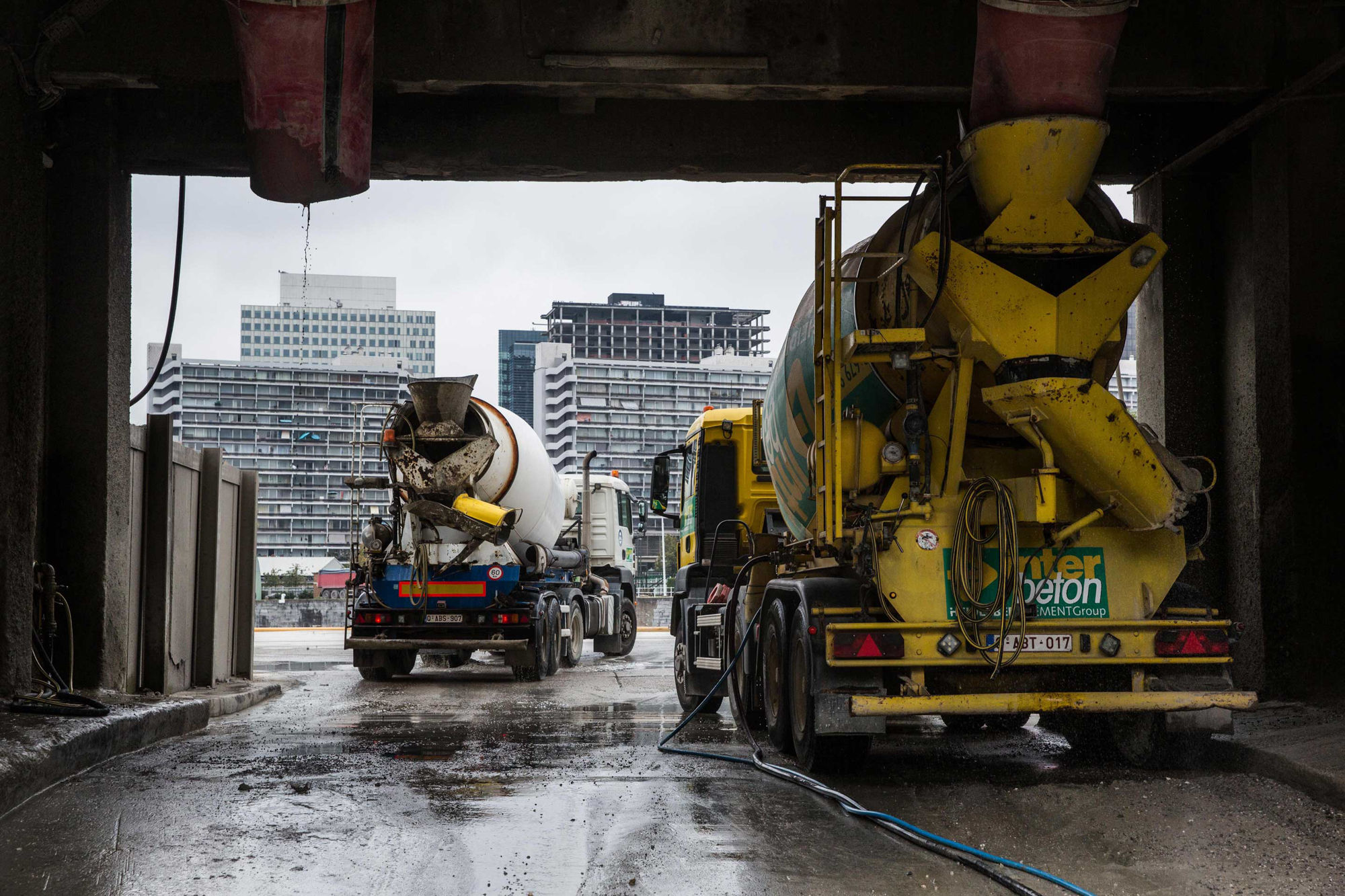
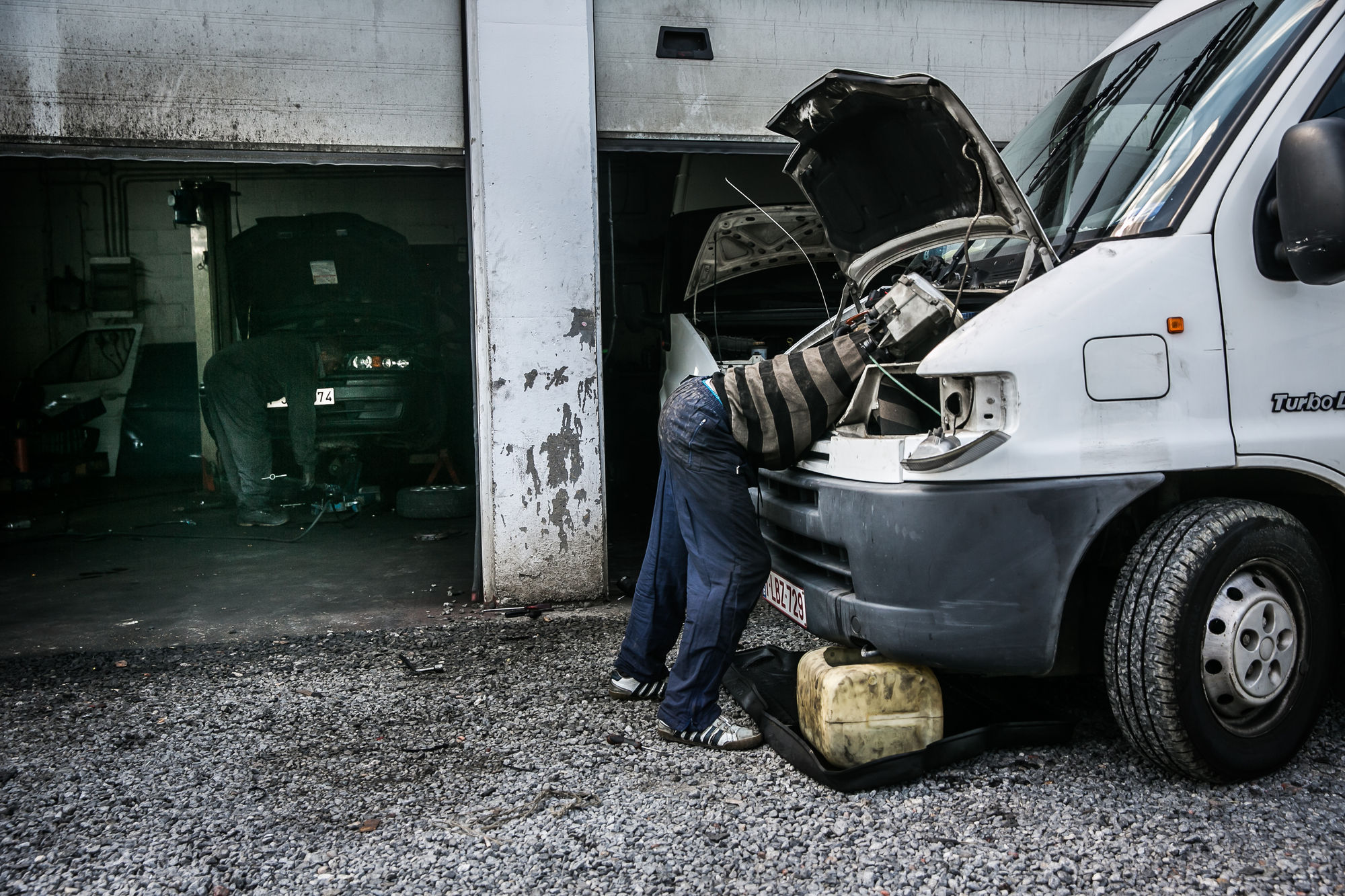
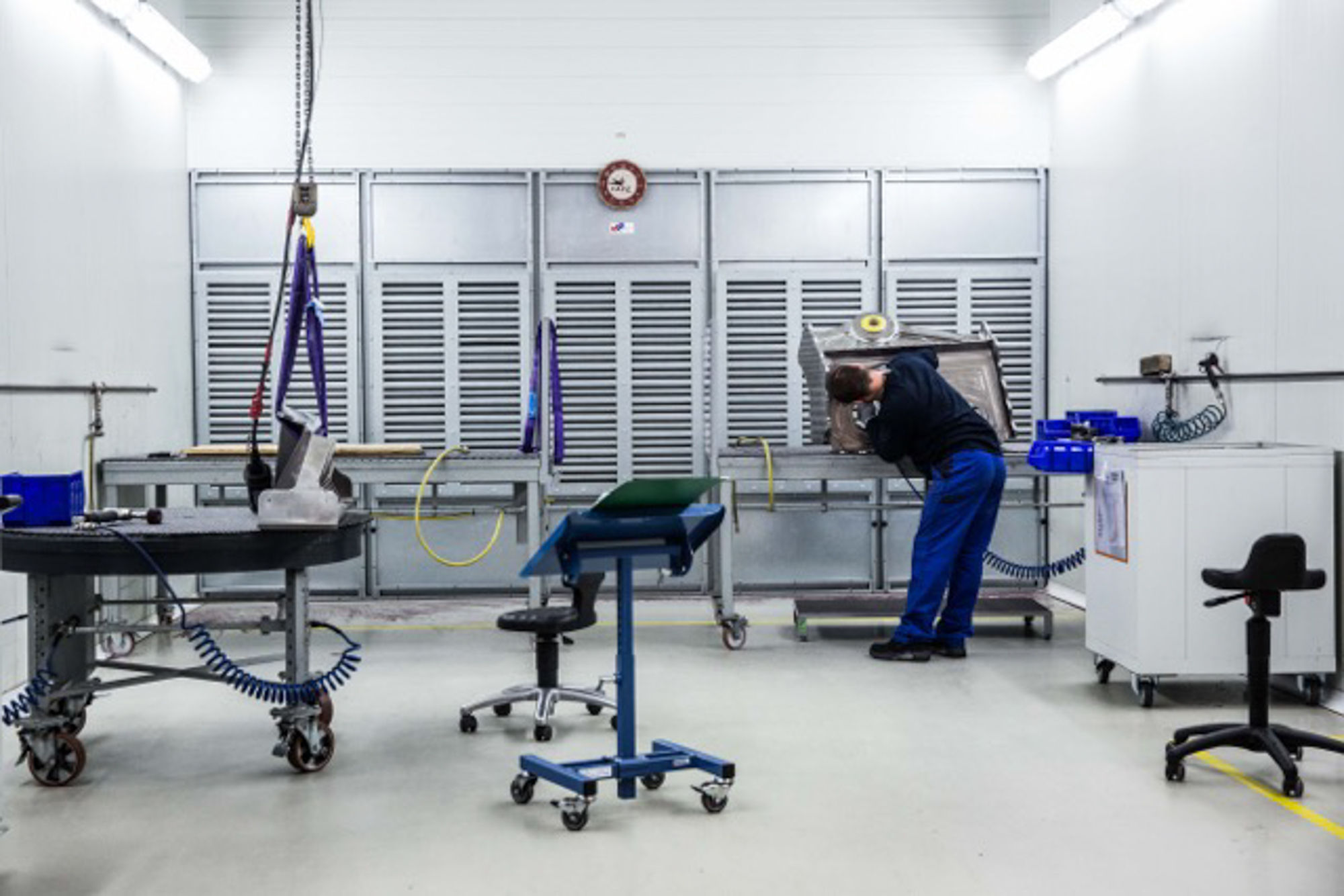
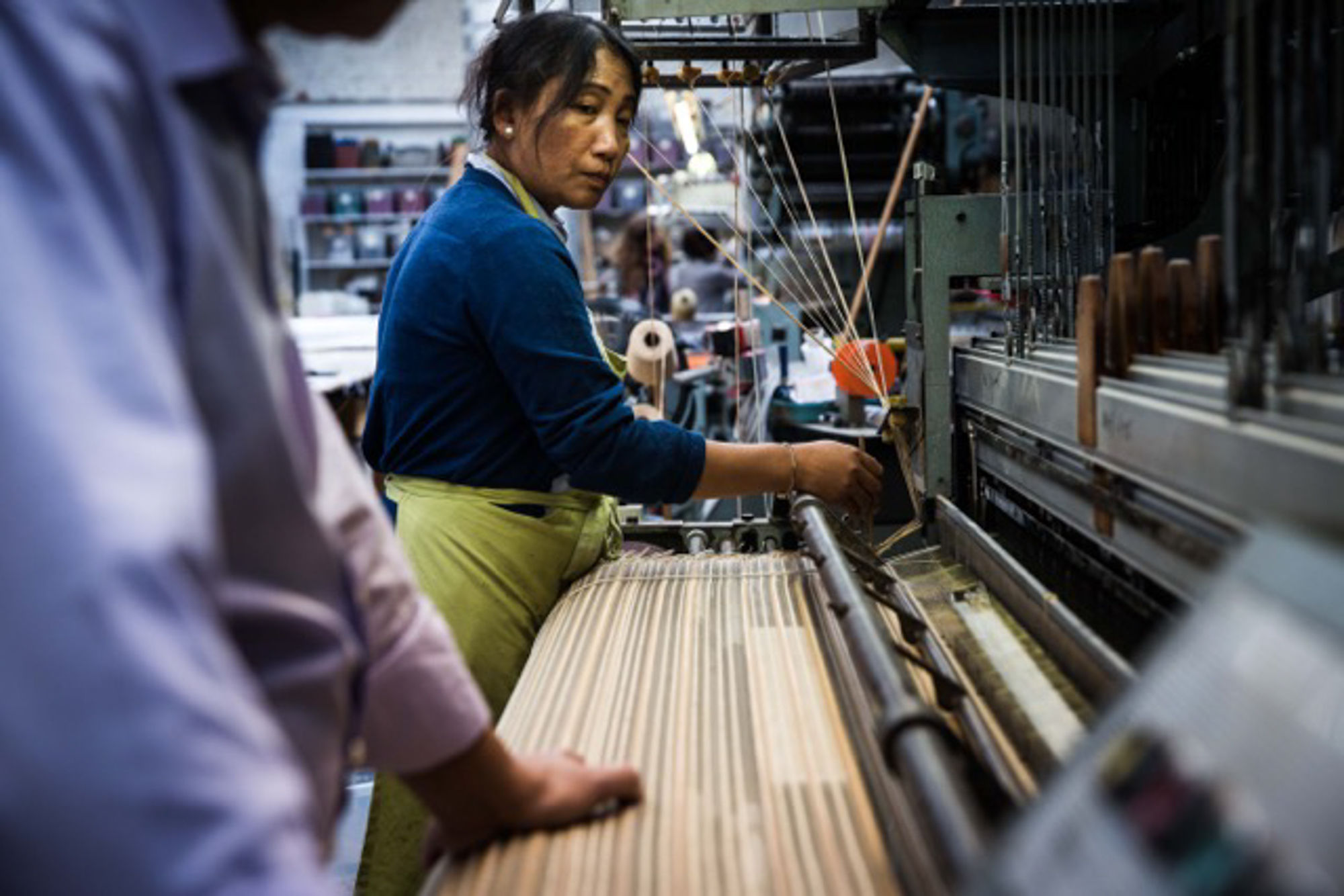
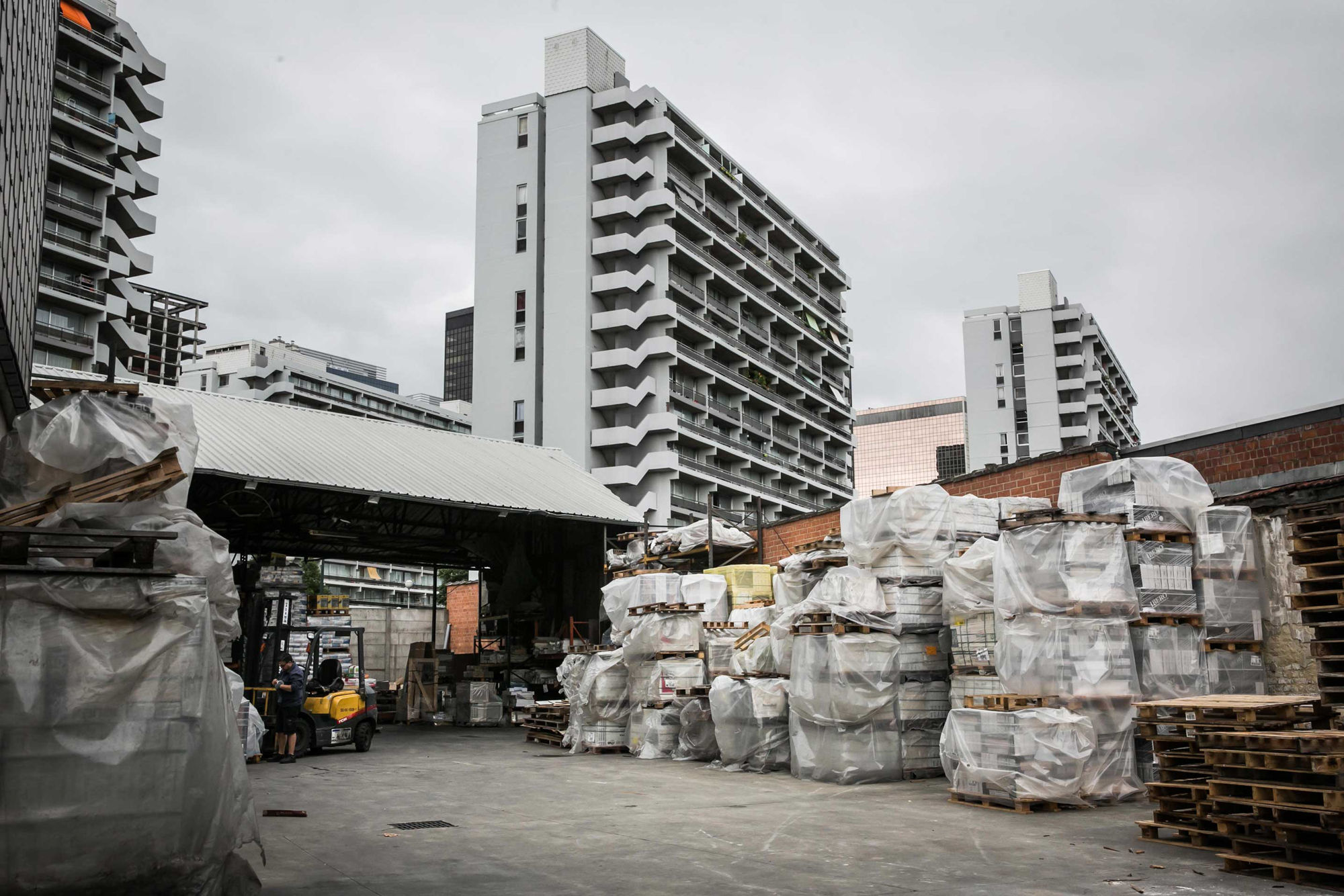
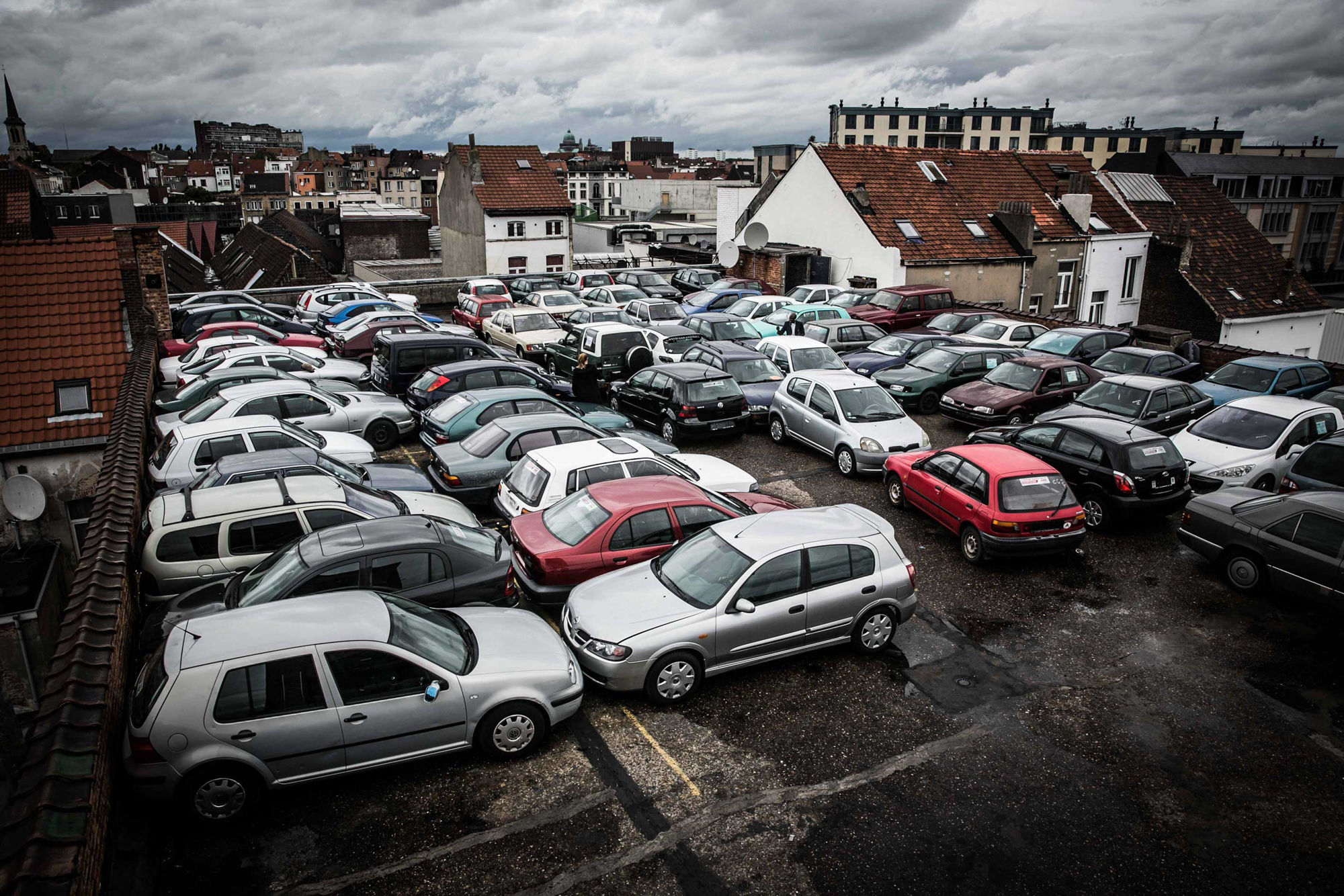
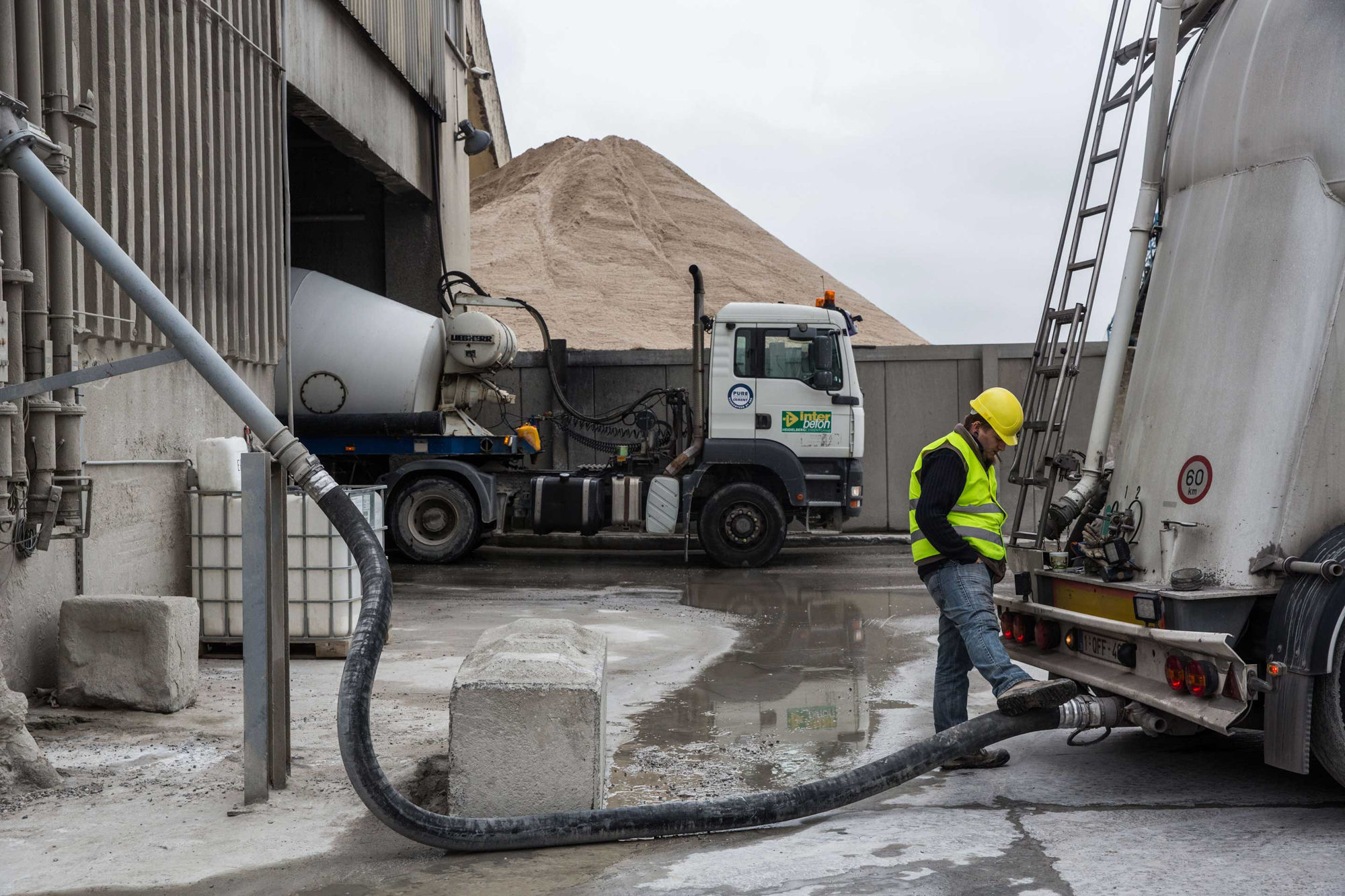
The main partners of the process are the Brussels-Capital Region, Ruimte Vlaanderen, the Public Waste Agency of Flanders (OVAM) and the Province of Flemish Brabant. Within the Atelier a number of prospective research by design programmes are being conducted on the basis of specific case studies. This always takes place in close cooperation with the relevant actors in Flanders and Brussels. The series of ongoing processes, spatial and governance challenges in the Brussels metropolis make this region an excellent testing ground for future spatial models, which could be applied in many other cities and urban regions in Flanders, Wallonia and Europe. The results of this research by design process and knowledge sharing were presented in the main exhibition of the IABR 2016 – The Next Economy, and in the exhibition A Good City Has Industry in BOZAR, Brussels.
The Flemish-Brussels metropolitan region has a large number of low-skilled unemployed, while old industrial zones languish in the city and its outskirts. Therefore, Atelier Brussels – The Productive Metropolis, proposes giving these old industrial sites a new lease of life by focusing on attracting innovative production activities: the city as a melting pot of knowledge and labour. Moreover, this creates opportunities for the Brussels Canal Zone and the adjacent industrial zones in Vilvoorde, for developing a circular economy, or for creating a link between the global economic system and local production, by allowing a number of other more technical activities to take place here with elements that are produced elsewhere. The foundations of the productive city of the future can be laid in the metropolitan area, simultaneously achieving social, ecological, economic and spatial gains on both sides of the regional border.
Mark Brearley from London joined as Atelier Master, then the design teams Plusoffice / Wrkshp Collective and the CENTRAL / Maxime Delvaux / Eva Le Roi team were selected to examine two specific cases each, in close cooperation with the government actors involved in Brussels. Design was used to explore the potential and necessary spatial conditions needed for the development of productive districts in the metropolitan area of Brussels, where living and working are interwoven in a qualitative manner.
In addition, presentations, masterclasses, debates and walks were organised to actively study the current situation and the future of the productive city. During Urban Meetings, knowledge was exchanged between the different research projects and both local and international experts.
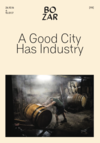
|
A Good City Has Industry; Guide-FR | 18 MB |
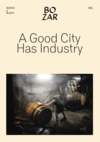
|
A Good City Has Industry; Guide-NL | 18 MB |
